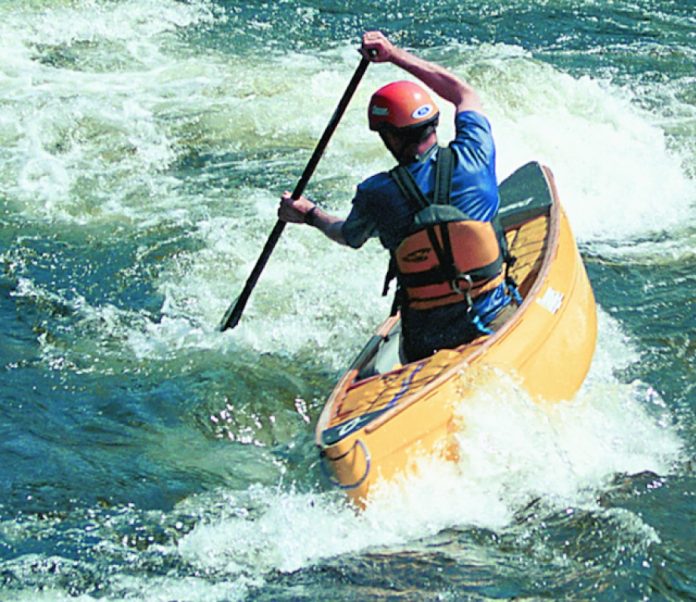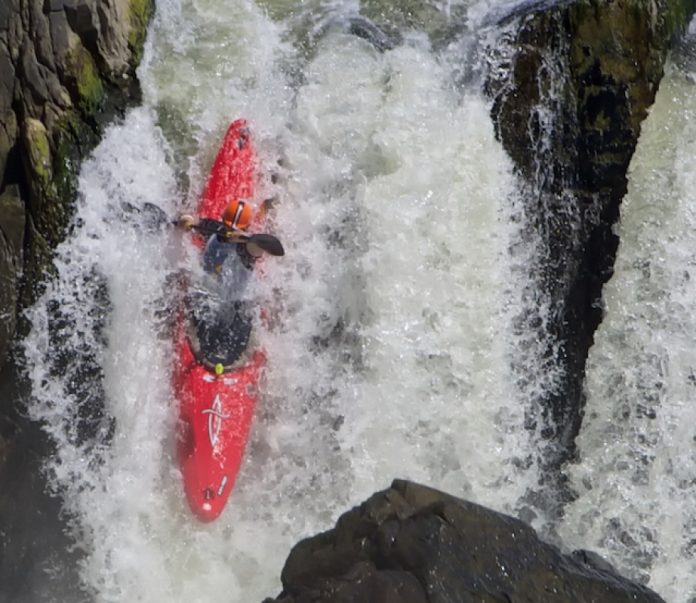While other boat companies are racing to develop slicy, hole boats and big air, wave boats, Wave Sport has released only one new model for 2003: The Transformer. In its raw state the Transformer comes in four sizes and is a mean-looking aerial spud boat. But just like the original Transformers, there is more than meets the eye. The Transformer mutates in length with the three interchangeable tip options—the stock bumper, and five-inch and eight-inch wings. A little high school math and you realize you have 15 possible performance combinations, which Wave Sport says allow you to adapt to different environments. If it works, the Transformer is without a doubt the biggest step toward offering one boat to do it all.
The Means to the ends
Our 6’4″ T3 caught attention on the river because it was so big. At 60 gallons, the T3 is the same size as a Super EZ. The T2 holds 55 gallons and even the smallest version, the T1, has more volume than the EZ. The pudgy stern looks huge compared to the scooped out bow. We asked designer Eric Jackson why the stern has so much more volume than the bow and he was quick to point out our mistake.
“The bow has more volume than the stern,” he said. “This boat is balanced so that with the seat neutral there is 52.5% of the volume in front of the center of gravity and 47.5% of the volume behind your center of gravity. The stern looks big because you have to account for huge amounts of volume in the knee area.”
The Transformer T3 is extremely wide at 26.75 inches. According to Jackson, the width provides lots of support on the water when bouncing. “When you start the bounce it doesn’t sink in as far, starting you off higher up. You’ll also notice that the planing surface is huge and the rocker is set back to offer an ideal pivot point for the ollie—the bow comes up high so when you push it down your entire boat leaves the water easily.”
Tiggers will like it
If the Transformer did nothing else it’s worth buying just for the bounce. Carve to the top of a wave, point downhill and this boat is air- borne. No fancy heel push/knee pull action required. It just bounces. The trick isn’t to get the boat off the water, it’s keeping it down. Your first few surfs on a fast wave will have you giggling and just trying to hang on. It is a very new and very addictive feeling.
Getting air in the T3 doesn’t require a huge feature. This is where we think the large volume stern is helpful. Here’s our theory: Like pulling a cork under water and letting it pop to the surface, when you carve to the top of a wave the buoyant volume in the stern gets trapped in the foam pile and then squirts you forward into the trough. This little push pro- vides the momentum you need to get the Transformer aerial on small breaking waves.
Good-bye wave carving, hello spins
The Transformer is extremely loose on a wave and is as happy grinding as it is front or back surfing. The edges are far enough out of the water that snagging in the current is not an issue. Front surfing the stock Transformer is twitchy. Besides the fact it is hopping all over the place, the huge planing surface wants to spin if you’re not aggressively carving. Add the tips to the stern and it settles down, stops bouncing, tracks better and falls into a more useable category of boat for most people—at least at first.
The Transformer is very slow edge to edge, simply due to the extreme width. You have to concentrate on getting the boat way up on its side and carving off the front edges to perform vertical blunts and backs stabs. Add the tips and like longer boats, the Transformer will let you carve off the stern or blast down and settle in the trough.
It’s in the hole
The Transformer is very smooth and stable spinning or cartwheeling. We thought it would be difficult to stay ahead of the rotation, yet it seemed to cartwheel slowly and predictably. It’s like cartwheeling an inner tube with some ends to let you know there is a front and a back. The tube keeps you rotating smoothly and the bow and stern get you started.
Without the tips on the Transformer, it was difficult to perform rotational moves such as the tricky-whu or pirouette. When you begin to rotate on a vertical plane around the boat, it tends to fall back into the hole. We asked Eric Jackson about this and he agreed. “Tricky whus are super difficult without the long tip on the stern,” he said. “The long tip provides the length reaching the green water and provides the extra balance you need to do the pirouette.”
Bolt on the eight-inch tips and you have a completely different boat. It’s 100 times easier to bow stall and they make stern squirts possible. The vertical stability of the tips turns tum- bling into traditional controlled cartwheeling.
The Transformer loops with ease. Once the nose is down, the boat is headed up. The high volume central area makes the T3 super retentive, and the short length makes it easy to throw over your head. On a good foam pile, aerial loops are easier than three point cart- wheels.
The ends
Don’t jump in the Transformer for five minutes in flatwater and think you’re going to like it. You’ll feel right at home in the posh F.A.T. 3.0 outfitting but you’ll feel lost in the volume. Get this boat to a play spot however and the Transformer is wonderfully retentive, cart- wheels smoothly, hops like water on a hot skillet, and loops like a drunken circus clown.
Does it change from bouncy to slicy? Not exactly. There is too much volume to make it truly slicy. But the tips do work and make a huge difference to the performance. The tips tame the Transformer down and add vertical stability. They make a full-on bounce boat perform more like a boat most people are used to paddling. Switching the ends allows you to tune the Transformer to your skill level and the move of the day. If the fun of transforming your boat isn’t reason enough to buy one, you might be happy to know that Wave Sport offers the Transformer for $200 less than last year’s models.
Specs
Transformer 1
Length: 70 inches
Width: 25.25 inches
Depth: 12.25 inches
Weight: 30 lbs
Volume: 49 gallons
MSRP CAD/USD: $1495 / $999
Transformer 2
Length: 72 inches
Width: 26 inches
Depth: 12.75 inches
Weight: 32.5 lbs
Volume: 55 gallons
MSRP CAD/USD: $1495 / $999
Transformer 3
Length: 76 inches
Width: 26.75 inches
Depth: 13.25 inches
Weight: 35 lbs
Volume: 60 gallons
MSRP CAD/USD: $1495 / $999
Transformer 4
Length: 80 inches
Width: 27.5 inches
Depth: 13.75 inches
Weight: 37.5 lbs
Volume: 67 gallons
MSRP CAD/USD: $1495 / $999
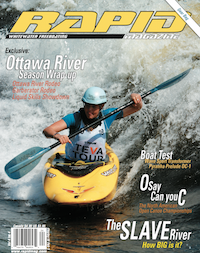 This article first appeared in the Winter 2002 issue of Rapid magazine. For more great boat reviews, subscribe to Rapid’s print and digital editions here.
This article first appeared in the Winter 2002 issue of Rapid magazine. For more great boat reviews, subscribe to Rapid’s print and digital editions here.
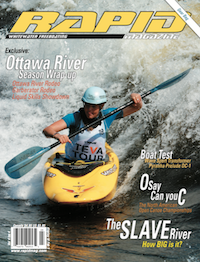 This article first appeared in the Winter 2002 issue of Rapid Magazine.
This article first appeared in the Winter 2002 issue of Rapid Magazine.


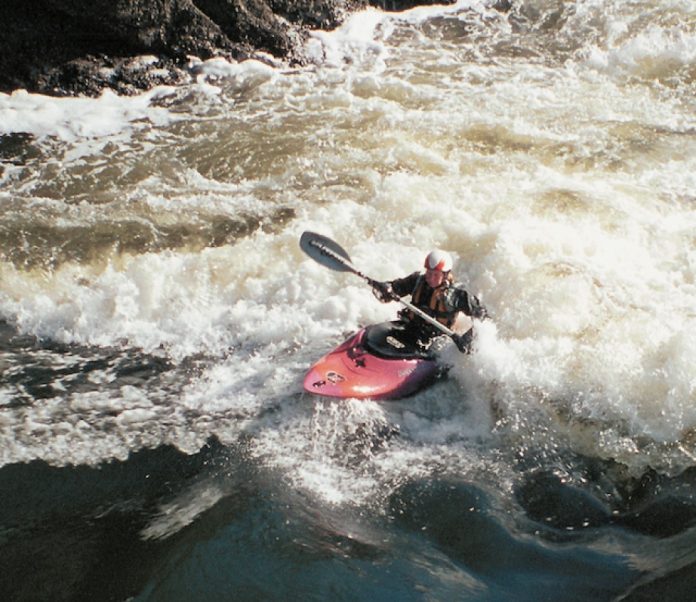
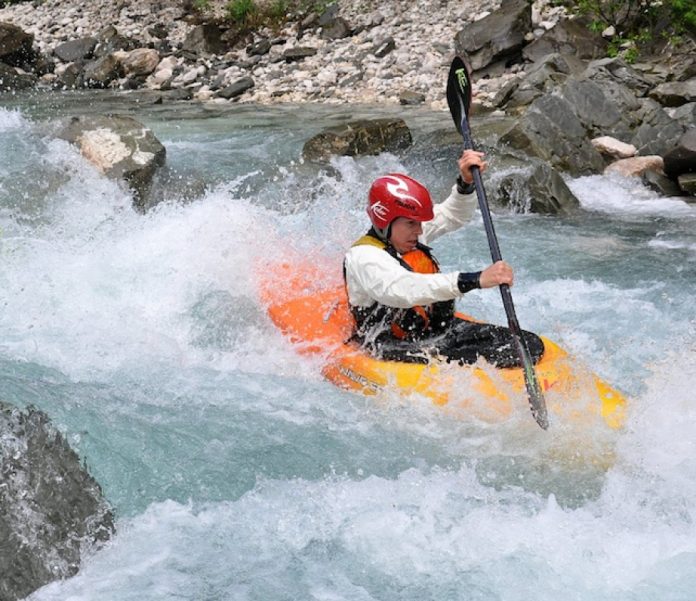

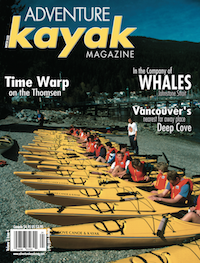 This article first appeared in the Winter 2002 issue of Adventure Kayak Magazine. For more great content, subscribe to Adventure Kayak’s print and digital editions
This article first appeared in the Winter 2002 issue of Adventure Kayak Magazine. For more great content, subscribe to Adventure Kayak’s print and digital editions 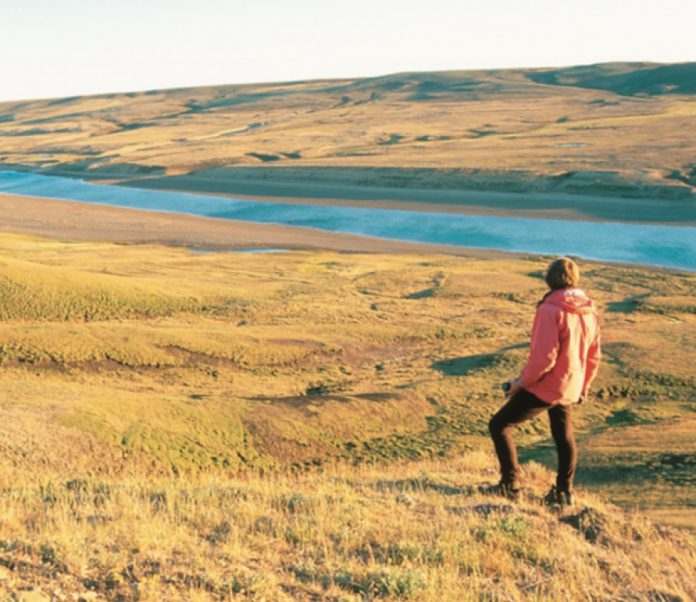

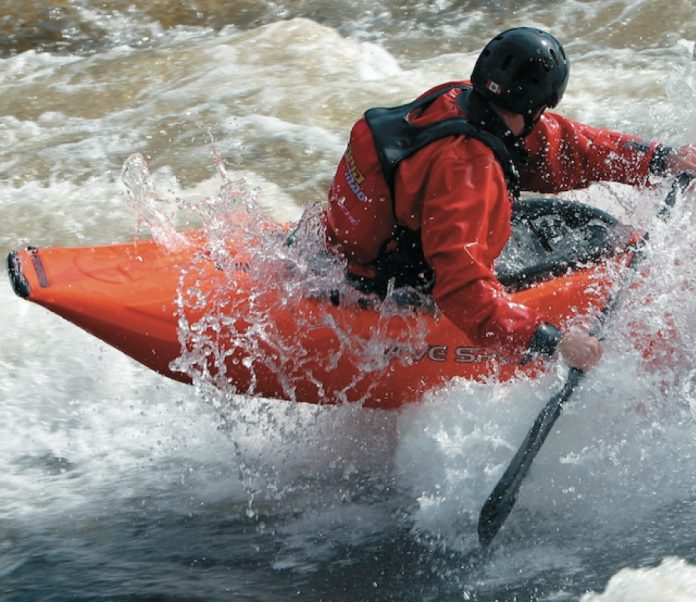
 This article first appeared in the Winter 2002 issue of Rapid magazine. For more great boat reviews, subscribe to Rapid’s print and digital editions
This article first appeared in the Winter 2002 issue of Rapid magazine. For more great boat reviews, subscribe to Rapid’s print and digital editions 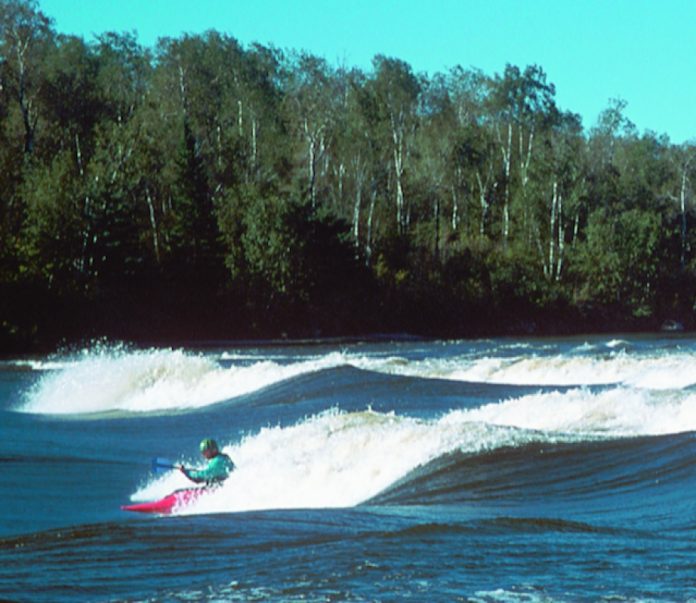
 This article first appeared in the Fall 2002 issue of Rapid Magazine.
This article first appeared in the Fall 2002 issue of Rapid Magazine.
